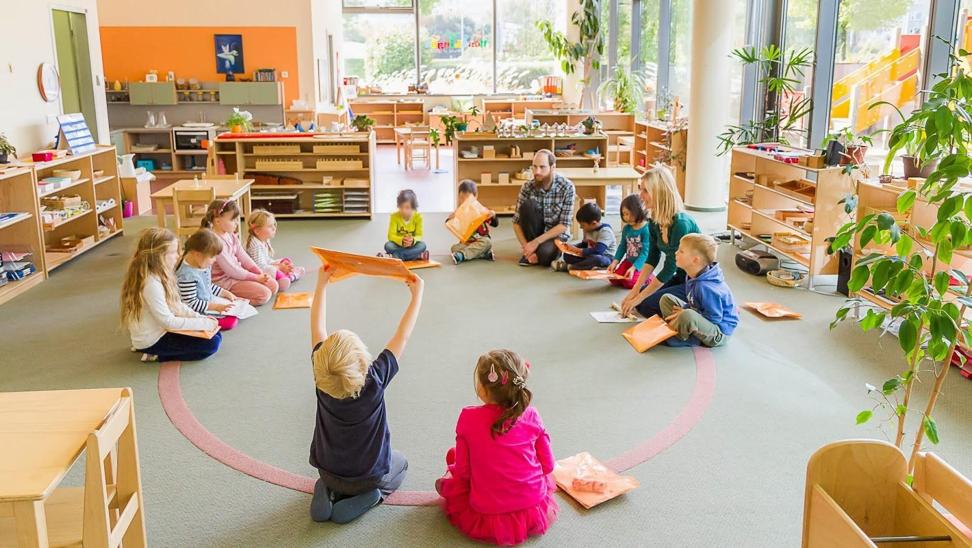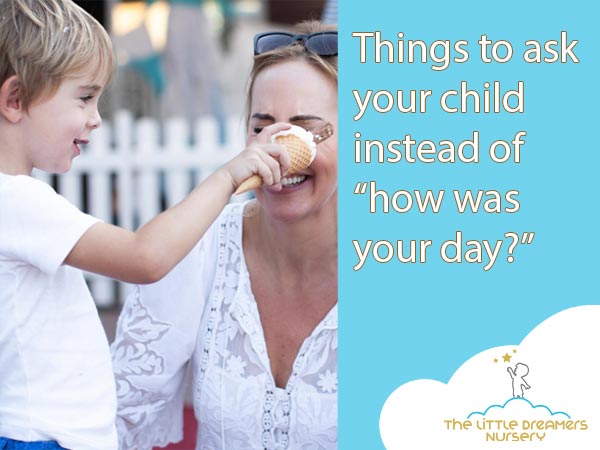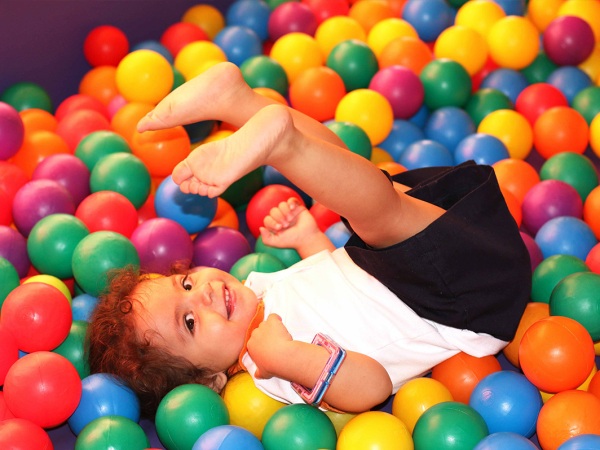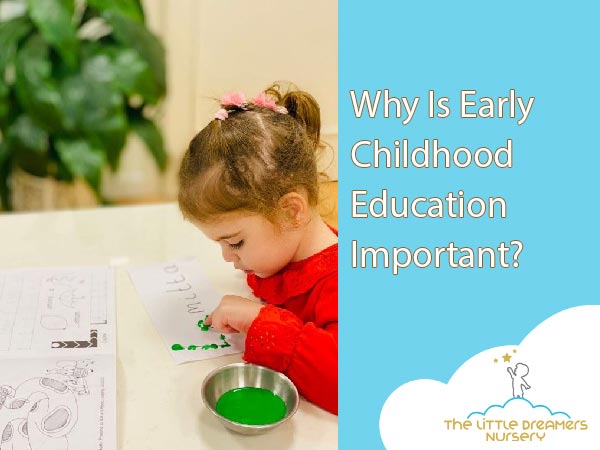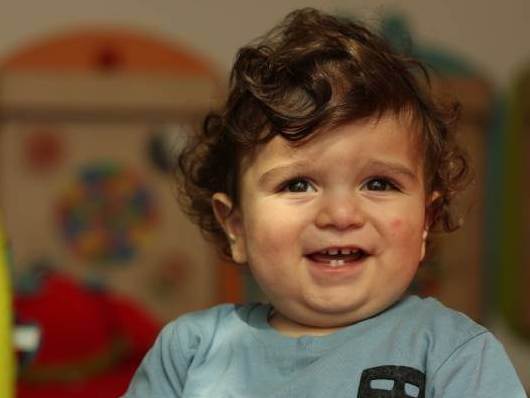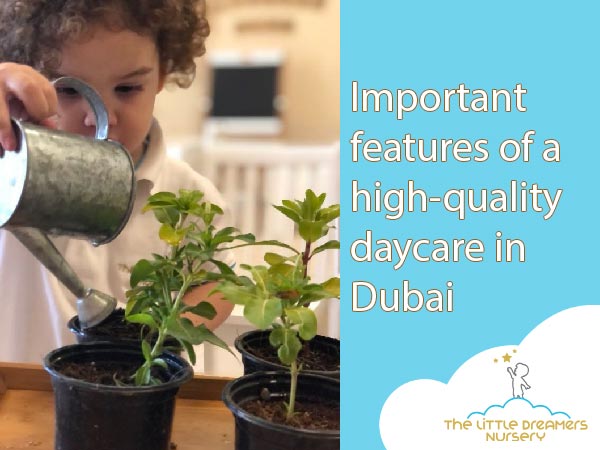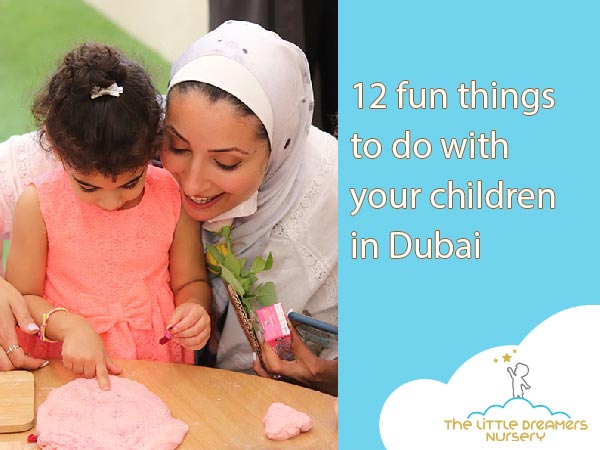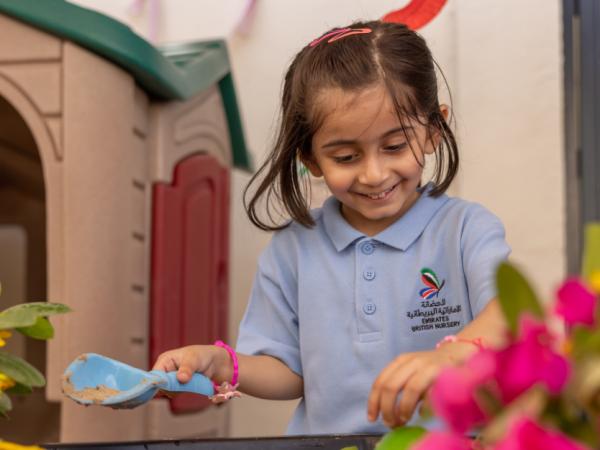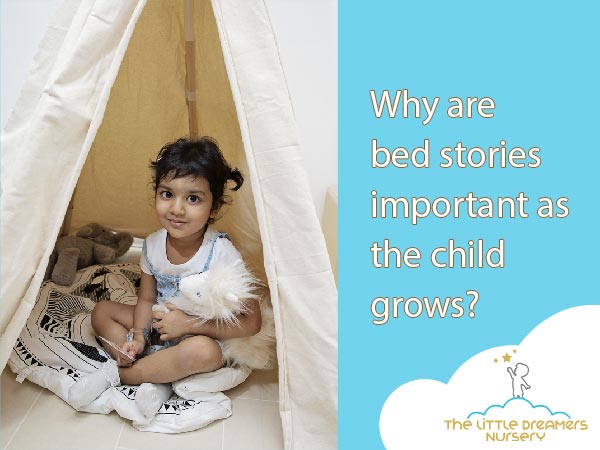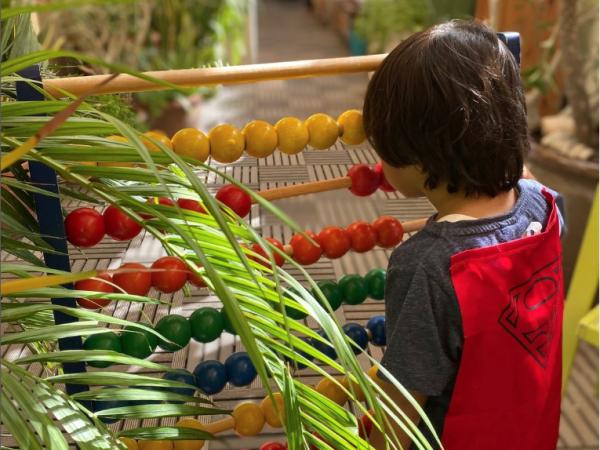The Importance of Building Interactive and Engaging Classrooms
Winston Churchill said, “We shape our buildings, thereafter they shape us?” Winston Churchill said “we shape our buildings, thereafter they shape us? Looking at most of our schools, their designs supports a teaching system that worked for factories with all the students learning the same things at the same time from the same teacher. The … Read more

